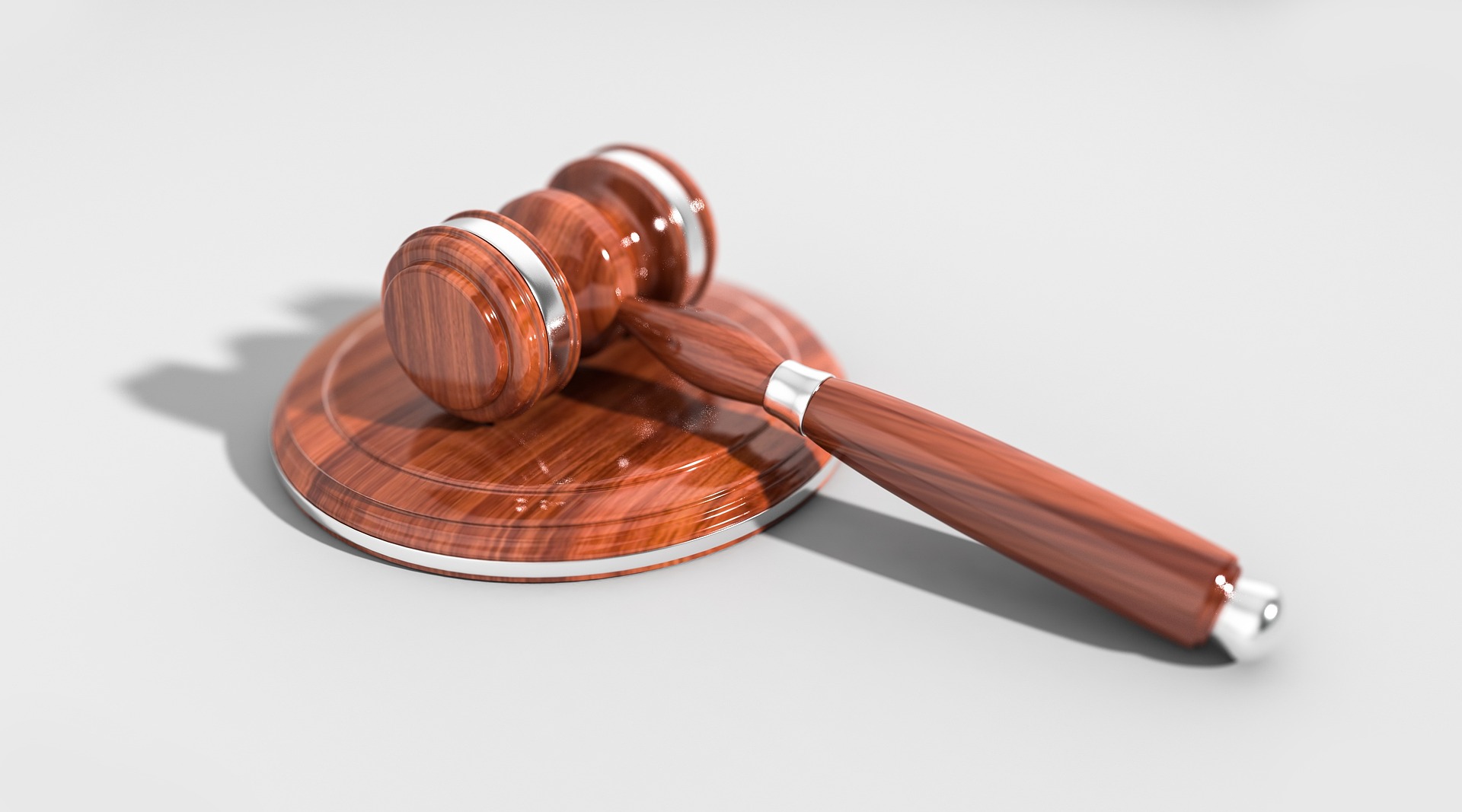Table of Contents
ToggleIntroduction:
The environment is an essential component of our existence. It is the foundation of our survival and that of all other living beings on this planet. However, human activities have brought about significant environmental damage, and it is now more important than ever to ensure that our environment is protected. One of the key players in environmental protection is the judiciary. In this article, we will explore the role of the judiciary in environmental protection, its significance, and how it can lead to a sustainable future.
1. Understanding the Role of the Judiciary in Environmental Protection
The judiciary, also known as the judicial branch of government, is responsible for interpreting laws and resolving disputes in accordance with those laws. It is one of the three branches of government, along with the executive and legislative branches. The judiciary plays a crucial role in environmental protection, and its responsibilities in this area can be divided into three broad categories: enforcing existing laws, interpreting existing laws, and creating new laws.
1.1. Enforcing Existing Laws
One of the primary roles of the judiciary in environmental protection is enforcing existing laws. Environmental laws are created to regulate human activities that impact the environment, such as air and water pollution, deforestation, and the emission of greenhouse gases. The judiciary ensures that these laws are adhered to by holding accountable individuals, corporations, and governments that violate environmental laws.
1.2. Interpreting Existing Laws
Another significant role of the judiciary in environmental protection is interpreting existing laws. Environmental laws can be complex and ambiguous, making their interpretation challenging. The judiciary is responsible for clarifying these laws and providing guidance on how they should be enforced. This role is particularly important when there is a dispute over the interpretation of a law.
1.3. Creating New Laws
The judiciary can also play a role in creating new environmental laws. When cases come before the courts, they can set legal precedents that can influence future environmental legislation. For example, a court ruling that recognizes the right to a healthy environment can inspire lawmakers to create new laws that protect that right.
2. The Significance of the Judiciary in Environmental Protection
The judiciary’s role in environmental protection is critical for several reasons, including the following:
2.1. Upholding the Rule of Law
The judiciary’s role in environmental protection ensures that the rule of law is upheld. Environmental laws are created to protect the environment and its inhabitants, and when those laws are violated, it is the judiciary’s responsibility to hold violators accountable. By enforcing environmental laws, the judiciary ensures that those who harm the environment are held responsible for their actions.
2.2. Protecting Human Rights
The judiciary’s role in environmental protection also protects human rights. A healthy environment is essential for the enjoyment of fundamental human rights, such as the right to life, health, and a safe and healthy environment. When the environment is polluted or damaged, these rights are violated, and the judiciary can play a critical role in protecting these rights.
2.3. Promoting Sustainability
Finally, the judiciary’s role in environmental protection promotes sustainability. Environmental protection is essential for the long-term sustainability of our planet. By holding individuals, corporations, and governments accountable for their impact on the environment, the judiciary promotes sustainable practices that protect the environment for future generations.
3. The Impact of the Judiciary on Environmental Protection
The judiciary’s role in environmental protection has had a significant impact on environmental policy and protection. Here are some examples:
3.1. Establishing the Right to a Healthy Environment
Courts have recognized the right to a healthy environment in several countries, including South Africa, Colombia, and India. This recognition has led to the creation of new laws and policies that prioritize environmental protection, including the development of environmental impact assessments, the protection of endangered species, and the reduction of greenhouse gas emissions.
3.2. Holding Corporations Accountable
The judiciary has also played a critical role in holding corporations accountable for their impact on the environment. For example, in 2010, British Petroleum (BP) was held liable for the Deepwater Horizon oil spill in the Gulf of Mexico, which caused significant environmental damage. The judiciary ensured that BP was held responsible for the harm caused, leading to new regulations and safety measures for offshore drilling.
3.3. Influencing International Environmental Law
The judiciary has also influenced international environmental law. For example, in the 1980s, the International Court of Justice ruled that states have a duty to ensure that activities within their jurisdiction do not cause environmental harm to other states. This ruling has been influential in the development of international environmental law, including the creation of the Paris Agreement on climate change.
4. The Future of Judiciary in Environmental Protection
The role of the judiciary in environmental protection is essential for the future of our planet. As the world faces an increasing number of environmental challenges, the judiciary will continue to play a vital role in ensuring that environmental laws are enforced, interpreted correctly, and that new laws are created to address emerging issues.
4.1. Advancements in Environmental Law
Advancements in environmental law will continue to shape the role of the judiciary in environmental protection. As new challenges arise, such as the impact of emerging technologies on the environment, new laws and policies will be needed to address these issues. The judiciary will be responsible for interpreting and enforcing these laws.
4.2. Collaboration with Other Branches of Government
The judiciary will also need to collaborate with other branches of government, including the executive and legislative branches, to develop and implement effective environmental policies. This collaboration will be essential for creating comprehensive and coordinated approaches to environmental protection.
4.3. Raising Awareness and Building Capacity
Finally, the judiciary will need to play a role in raising awareness and building capacity on environmental issues. This includes educating judges, lawyers, and other legal professionals on environmental law and its implications. This will ensure that the judiciary is equipped to make informed decisions and provide effective guidance on environmental issues.
Conclusion:
The judiciary plays a vital role in environmental protection, ensuring that environmental laws are enforced, interpreted correctly, and new laws are created to address emerging issues. The role of the judiciary in environmental protection is essential for upholding the rule of law, protecting human rights, and promoting sustainability. The impact of the judiciary on environmental protection has been significant, establishing the right to a healthy environment, holding corporations accountable, and influencing international environmental law. As the world faces an increasing number of environmental challenges, the judiciary will continue to play a vital role in protecting our planet and its inhabitants for future generations.








1 thought on “The Vital Role of Judiciary in Environmental Protection: Upholding the Rights of the Planet and Its Inhabitants”
Pingback: The Urgent Need to Address Environmental Inequity